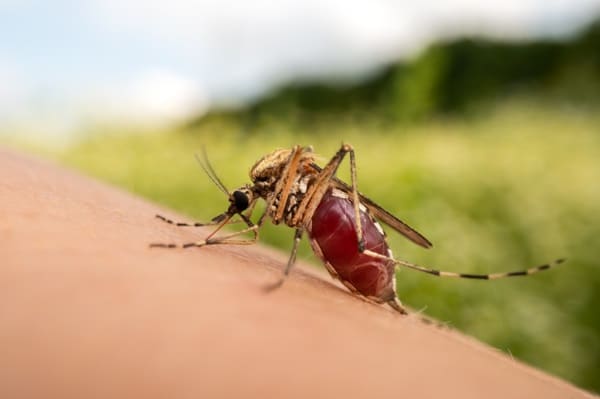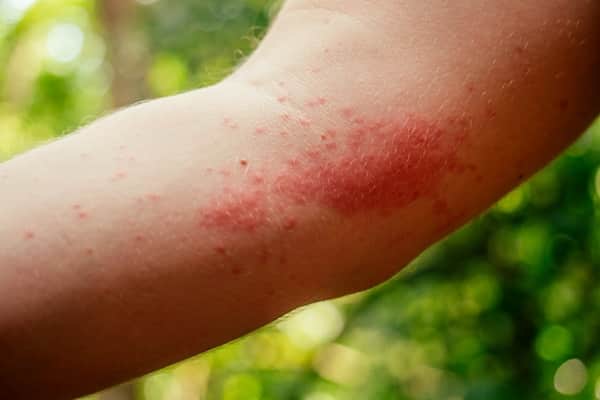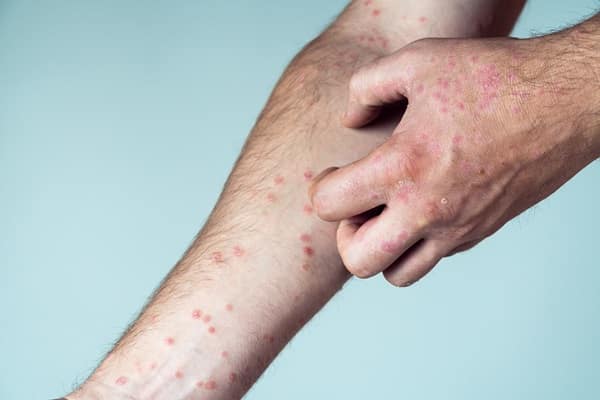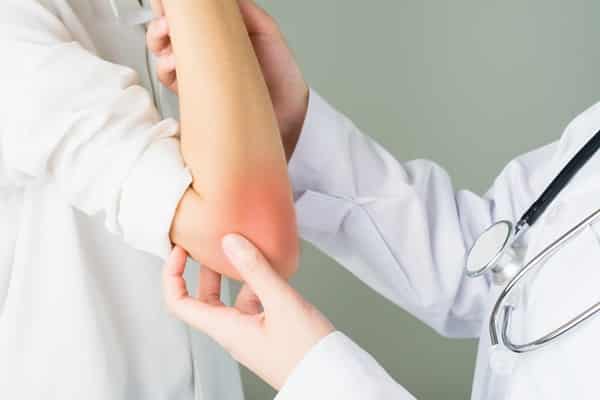In the diverse realm of insects, bug bites are a common occurrence, often causing nothing more than minor irritation. However, distinguishing between a harmless bite and one that could lead to serious complications is crucial. This article delves into the warning signs of a dangerous bug bite, equipping you with the knowledge to identify when a seemingly minor bite warrants medical attention. Understanding these signs is not just about alleviating discomfort but also about safeguarding your health against potential threats lurking in the tiny marks left by these small, yet sometimes dangerous, creatures.
Contents
Identifying Common Bug Bites

Recognizing common bug bites is the first step in understanding their potential risks. Mosquito bites, for instance, typically present as small, itchy, red bumps. Flea bites often appear in clusters, especially around the ankles and legs, and are notoriously itchy. Bedbug bites, on the other hand, can be identified by their linear or zigzag pattern, usually on exposed skin during sleep. These bites, in most cases, cause mild reactions, primarily itching and minor discomfort.
However, it’s essential to monitor these bites for any unusual changes. While a mosquito bite might just cause a temporary itch, in certain areas, it can transmit diseases like malaria or Zika virus. Similarly, flea bites can lead to allergic reactions in some individuals, and bedbug bites, though not disease carriers, can cause severe allergic responses in sensitive individuals. Recognizing these common bites and their typical reactions sets the stage for identifying when a bite deviates from the norm and becomes a cause for concern.
Red Flags In Bite Appearance

The appearance of a bug bite can often be the first indicator of its potential danger. A bite that becomes excessively swollen or large, more so than a typical reaction, should raise an immediate red flag. Such swelling can indicate a severe allergic reaction or an infection. Additionally, if the bite area develops unusual discoloration, such as a darkening or purplish hue, it could signify necrosis, where the skin and surrounding tissues begin to die.
Another alarming sign is the development of blisters or rashes that extend beyond the immediate area of the bite. This spread can indicate a more systemic reaction, possibly signaling a more serious condition like Lyme disease, typically transmitted by ticks. Monitoring these visual changes closely is crucial, as they often provide the earliest warnings of a potentially dangerous reaction or infection stemming from a bug bite.
Systemic Symptoms To Be Wary Of

Beyond the local reaction at the bite site, systemic symptoms can signal a serious health concern. Fever and chills following a bug bite are particularly worrisome, as they can indicate an infection or a systemic reaction to the bite. Nausea or vomiting, although less common, are symptoms that should not be ignored, especially if they occur in conjunction with other signs like fever.
Muscle aches or joint pain, often overlooked as general fatigue, can be indicative of a more severe reaction, particularly in the case of bites from ticks or mosquitoes known to carry diseases like Lyme disease or West Nile virus. These systemic symptoms can develop rapidly or gradually, but their presence in conjunction with a recent bug bite should always be taken seriously. They are clear indicators that the body is fighting something more sinister than a simple bug bite.
Signs Of Allergic Reactions

Allergic reactions to bug bites can range from mild to life-threatening. The development of hives or a severe rash around the bite site or elsewhere on the body is a common allergic response. These symptoms can escalate quickly, so prompt attention is crucial. Difficulty breathing or swallowing is a more severe sign of an allergic reaction, known as anaphylaxis, and requires immediate medical intervention.
Swelling of the face, lips, or tongue after a bug bite is another serious sign of an allergic reaction. This type of swelling can progress rapidly and impede breathing, making it a medical emergency. Allergic reactions to bug bites, while rare, are unpredictable and can be life-threatening, underscoring the importance of recognizing these signs and responding swiftly.
Timing Of Symptoms After A Bite

The timing of symptoms following a bug bite can be a critical indicator of its severity. Immediate reactions, such as swelling or redness, are common and usually not a cause for alarm. However, if symptoms like severe itching, pain, or swelling develop hours or even days later, it could suggest a more serious issue. Delayed reactions might indicate an infection or a delayed hypersensitivity response, both of which require closer monitoring.
The progression of symptoms is equally important. A bite that seems to worsen over time, with increasing pain, swelling, or other symptoms like fever, should not be taken lightly. Rapidly worsening symptoms can be a sign of a severe allergic reaction or an infection that is spreading. In such cases, seeking medical attention promptly is crucial. The key is to observe not just the severity of the symptoms but also their progression and duration.
The Significance Of Bite Location

The location of a bug bite on the body can influence the severity and type of reaction experienced. Bites near joints, for example, can be particularly problematic. They may lead to increased swelling and pain, potentially impacting joint mobility. Similarly, bites on or near the face or neck are concerning due to the risk of rapid swelling that can affect breathing or vision.
Multiple bites in a localized area can also be a cause for concern. This pattern may indicate a more aggressive insect encounter, such as with fire ants or bedbugs, and can increase the risk of a severe localized reaction or infection. Additionally, bites in sensitive areas, such as near the eyes or in the groin, should be monitored closely due to the higher risk of complications. The location of a bite can provide valuable clues about the potential risks and necessary precautions.
When Home Remedies Aren’t Enough

There are instances where home remedies and over-the-counter treatments are insufficient in managing bug bite reactions. If symptoms persist or worsen despite applying topical creams, taking antihistamines, or using cold compresses, it may be a sign that the bite is more serious than initially thought. Persistent itching, swelling, or pain, especially if it’s spreading, are clear indicators that home treatments are not effective.
In cases where a bite leads to signs of infection, such as increasing redness, warmth, pus, or streaking from the bite site, medical intervention becomes necessary. Additionally, if a person experiences systemic symptoms like fever, body aches, or swollen lymph nodes, these are signs that the body is fighting a significant reaction or infection, and professional medical advice should be sought. It’s important to recognize when home remedies are no longer adequate and to seek medical attention to prevent further complications.
Safeguard Your Health from Dangerous Bug Bites
In the realm of bug bites, vigilance is key. Recognizing signs that go beyond typical reactions – such as escalating swelling, systemic symptoms, severe allergic responses, or ineffective home remedies – is crucial. These indicators warrant prompt medical attention. By staying informed and attentive to the nuances of bug bite reactions, you can ensure timely care and prevent serious health complications. Remember, when in doubt, always seek professional medical advice to safeguard your health.


